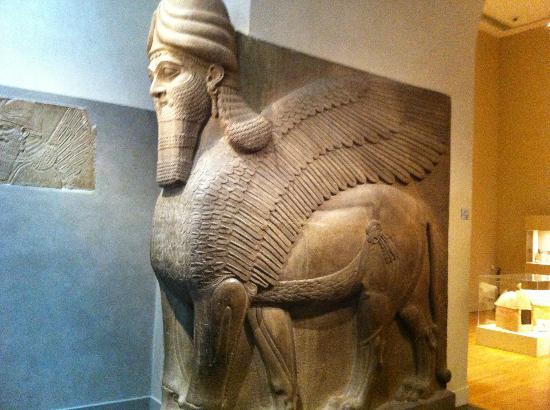

|
30. Audience Hall of D & X F2C2.docx Size : 678.828 Kb Type : docx |

|
Egyptian Narrative Art.docx Size : 13.154 Kb Type : docx |

After the Neolithic period, humans began to farm and domesticate animals. This extremely important occurrence led to the settlement of Mesopotamia or the Fertile Crescent (between the Euphrates and Tigris rivers). Here, humans first learned to use the wheel, irrigate, write (cuneiform), and create fortresses.
Styles of the Near East:
1)Composite creatures
2)Deification of rulers(delegated by gods)
3)Hierarchical Scale
4)Mud bricks are made because of limited supply of stone
5)Animals are usually Guardians
COMPLETE THE F2C2 ON THE AUDIENCE HALL OF DARIUS AND Xerxes
Use the Video Below &
the Essay & Videos on Khan Academy 250

|
30. Audience Hall of D & X F2C2.docx Size : 678.828 Kb Type : docx |

|
Egyptian Narrative Art.docx Size : 13.154 Kb Type : docx |
If you were absent for my Mesopotamian Lectures
please watch the lecture below
Sumerian Art: 300-2000 BCE
Akkadian Art: 2300-2150 BCE
Neo-Sumerian Art: 2150-2000 BCE
Babylonian Art: 2000-1750 BCE
Assyrian Art: 1200-612 BCE
Battle of Ninevah, 612 BCE(modern day Iraq) Babylon won thus resurrecting their former glory!
Neo-Babylonian Art: 612- 539 BCE
Persian King, Cyrus, overthrows Babylon
(.)Persian Art: 539-330 BCE
Height of Persia is over at the razing of Persepolis by Alexander the Great

|
Global Prehistoric, Pacific & SANBAN Study Guide 2018.docx Size : 2496.943 Kb Type : docx |
WRITE A DETAILED WRITTEN RESPONSE
THAT ANSWERS THE FOLLOWING PROMPT:
Contemporary artist often specific materials or imagery to comment on the legacy of colonialism.
Fully Identify the two Global Contemporary Works- Pisupo Lua Afe & Darkytown Rebellion
(artist, medium, culture, country & year of origin)
1)Explain how the works showcase the culture of each artist. Support your analysis with visual and contextual elements
2)Describe at two materials or examples of imagery used in the works that are related to the legacy of colonialism
3)Explain the commentary or criticism of colonialism that the artist intended to make through the choice of material and/or visual imagery